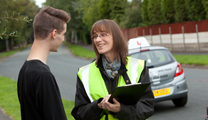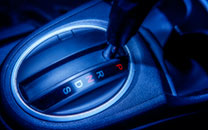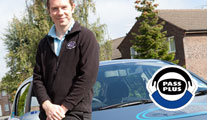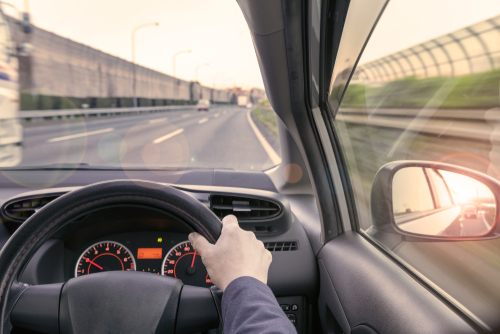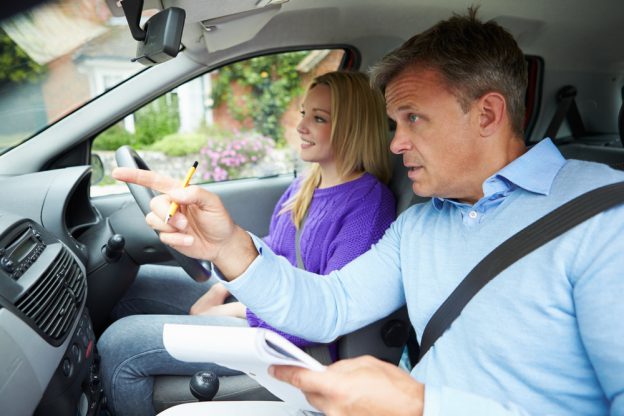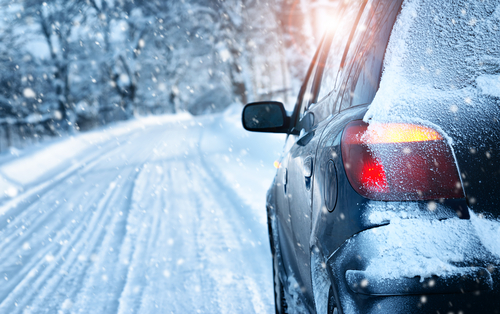Whether you learned to drive several years ago or are a new or learner driver, it is vital that you keep up to date with the rules of the road. At Beverly Slater, we recommend that you keep your knowledge of the road current if you want to ensure you avoid any fines.
Correct use of fog lights
The Highway Code states that fog lights should not be used unless visibility is significantly reduced. As soon as visibility improves it is important that you turn your fog lights off immediately to avoid dazzling other drivers, something which could cause an accident. Incorrect use of fog lights can result in a fine. Examples of poor visibility include snow, fog and driving rain. The fine for this offence can be a £50 Fixed Penalty Notice.
Restrain animals suitably
According to the Highway Code animals in vehicles must be appropriately restrained so that they do not cause an accident or injury to you or themselves in the event of a sudden stop. Pet carriers, dog cages or guards and seat belt harnesses are appropriate ways to restrain an animal. This infraction can result in penalty points and a fine.
Splashing pedestrians
It can be hard to avoid large puddles on really rainy days. However, it is actually illegal to splash a pedestrian with water that is sitting on the road. If found guilty of deliberately driving through a puddle with the express intention of splashing a pedestrian the fine can be a £100 Fixed Penalty Notice. This can rise to as much as £5000 depending on the circumstances.
30mph speed limit as standard
Where there are no signs indicating to the contrary, and there is street lighting, then the default speed limit is 30mph. This is usually 60mph on single carriageway roads where there is no street lighting and on dual carriageways 70mph. Look out for minimum speed limits which are signed with a round blue road sign with the speed limit clearly indicated inside.
Zebra Crossings
There have been recent changes to the Highway Code which means that drivers are more confused than ever over the rules regarding pedestrian crossings. In January 2022 the Highway code was changed and now states “you must give way to pedestrians already on the crossing and you should give way to pedestrians waiting to cross.”
Want to brush up on your driving skills or rules of the road? Why not book a refresher lesson with us, and we’ll soon bring you up to speed.


